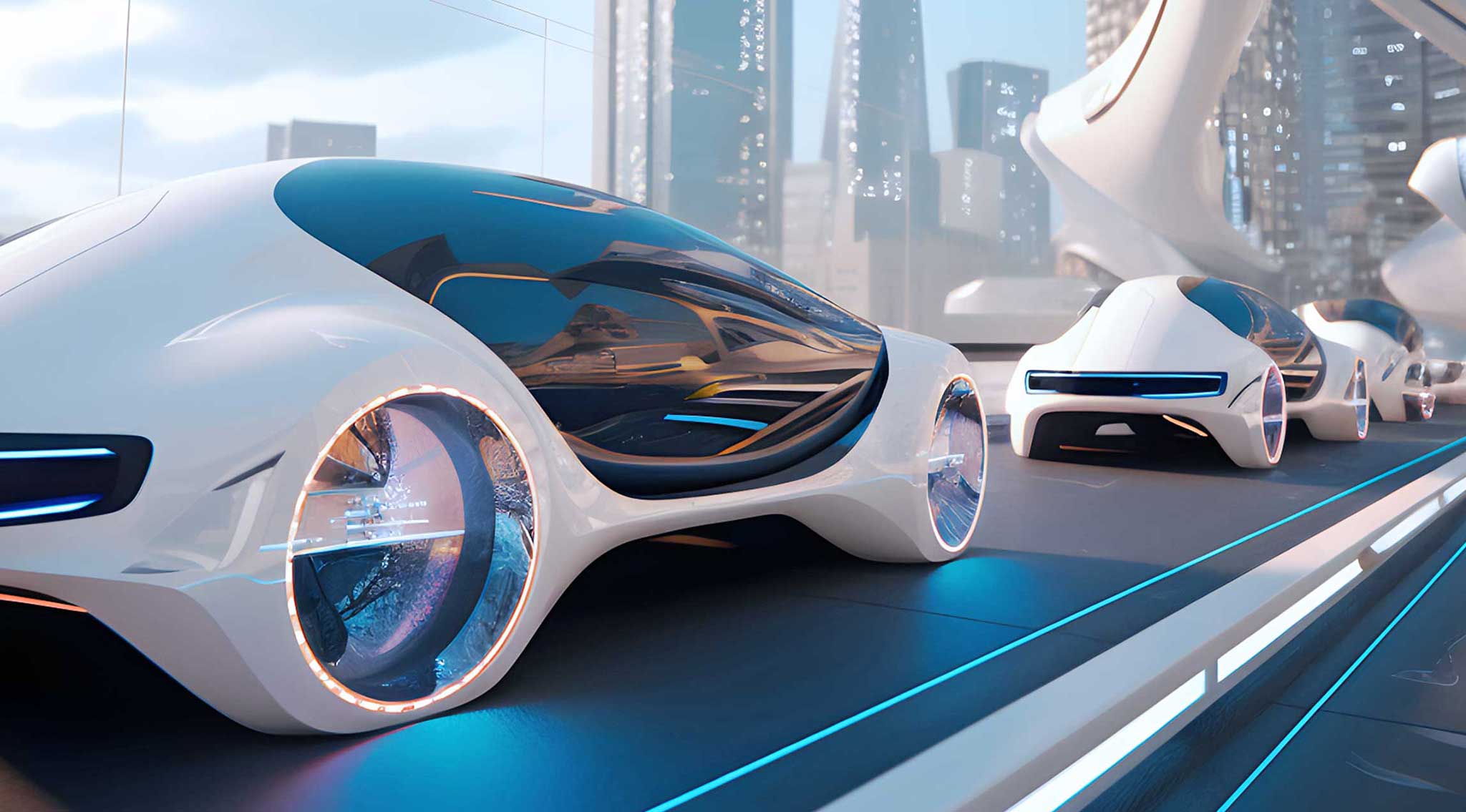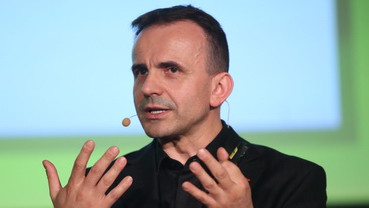There are currently many forecasts and scenarios on the future of mobility
Which forecasts and scenarios on the future of mobility can entrepreneurs or managers really base their vision and strategy on? How will we really be mobile in the future? What’s next? What works? What remains? Rationally, we all know that we cannot calculate the future. And yet: We all have this – perhaps somewhat naive – desire to be able to predict the future. In my project work with management teams, I often conduct a small experiment at the beginning of the collaboration: I ask each member of the management team to note down for themselves what the three most important market changes will be in the next ten years. I then pose the question of which currently controversial changes will not occur, i.e. where the market will still be exactly the same in ten years’ time as it is today. Then we put the sheets next to each other. The result is almost always: chaos – at least to some degree. The world today is so diverse and complex that it is not possible to predict the future even approximately. Some call this the VUCA world. A term that originated in U.S. military training in the 1990s and has recently become popular again in management literature.
In order to be able to act strategically at all today and not just react passively, however, all the clearer points of orientation are needed, especially in view of this complex environment. In our work, two anchors have proven particularly effective. The first point of orientation is a motivating and future-robust image of the future in terms of a strong vision of the company. This means clear answers to the question “Who do we want to be in the future?” The second point of orientation is clear and solidly questioned assumptions about the future of the market, in particular about future customer requirements, technological possibilities and the competitive situation.
All strategic decisions are based on assumptions about the future
This second point is so important because every decision is based on assumptions and these assumptions are in turn based on our worldview, experiences, likes and dislikes. The ultimate reasons for our assumptions about the future are therefore unconscious, highly emotional and psychological. It is therefore important to make one’s own assumptions transparent and systematically question them by “bombarding” them with trends, arguments and thought models from futurology and corporate foresight. This makes the assumptions, and thus the decisions and strategies based on them, more future-proof. The point is not to be right in the end, but to decide better, faster and with more certainty and determination in the here and now – and thus to recognize earlier when you are wrong and have to adjust your strategy.
Before you read on, a little estimation experiment on the future of mobility. In 2017, electric vehicles accounted for just over one percent of new car sales worldwide. If sales growth continues at a similar rate in the coming years as it has in the last three years: How long would it be before we live in a world where almost exclusively electric vehicles are sold?
The answer is a surprisingly short horizon: less than 10 years! In 2017, about 1.3 million e-vehicles were sold worldwide, depending on the source. In 2016, there were just over 800,000; in 2015, there were about 550,000 new registrations; in 2014, about 330000. This results in annual growth of around 60 percent. The number of vehicles sold therefore doubles in just over a year. Assuming constant growth, the 100 million threshold would be significantly exceeded as early as 2027. (Around 97 million vehicles were produced per year in 2017). Even if the growth rate is halved, the point in time just shifts to 2034. Of course, such a simple extrapolation is by no means a safe forecast. There are a large number of alternative assessments by a wide range of institutes and experts (see, for example, the overview in this article from last November). That is not the point at all. The mind game is valuable because it expands one’s imagination and lends itself to challenging entrenched assumptions.
One insight from behavioral psychology that I have seen confirmed in the last 13 years of my work with top management teams is: Intuitively, people overestimate the change that can occur in a year, but at the same time massively underestimate the potential for change over longer horizons of ten years or more. Physicist Albert Bartlett even opined, “The greatest deficiency of the human race is our inability to grasp the exponential function.” It is relatively easy to circumvent this error in thinking by conscious reflection.
In fact, technological developments, i.e. the increase in performance per unit of money, very often run on steep exponential growth curves at times. Examples include CPU performance, artificial intelligence and genome sequencing, but also photovoltaics and battery technology. Distribution and sales figures correlate very closely to this. A rapid displacement of combustion engines by electric drives is thus at least plausible. I leave the probability evaluation to everyone himself.
How can you concretely improve future assumptions as the foundation of your strategy?
- Ask the right questions about the future: No one can remember 100 assumptions and consciously consider them in decisions. Ask about the six to eight key external circumstances on which your business depends. More than a dozen are rare in the core.
- Make the assumptions transparent in the leadership team and discuss them in an open-ended way: Lay the assumptions of the entire leadership team side by side. Where do the assessments agree? Where are there controversies? Try to come to a common assessment, but avoid egalitarianism. The point is not to convince dissenters, but to learn about the arguments that are not known to the majority.
- Question the arguments behind the assumptions rationally, analytically and detachedly: A variety of thinking traps lurk when assessing future developments. Just habits, experiences and preferences of the past always colonize our thoughts about the future. Avoid them through deliberate reflection with an experienced coach or facilitator.
- Deliberately challenge your assumptions with the exponential function: Especially for technological developments, the spread of new products and the implementation of alternative business models, the targeted exponential extrapolation of developments is suitable as a plausibility check. Where would the pace of growth of the last three years lead over ten or fifteen years? What would annual growth of 20, 50 or 100 percent mean for new technologies? Don’t get distracted by a small starting point. Especially with breakthrough innovations, high double-digit and even triple-digit growth rates in performance are not unusual, even over longer periods of time. As a result, even today’s niche solutions can achieve a breakthrough surprisingly quickly.
- Stay pragmatic in your analysis: validating your assumptions about the future is a basically inexhaustible task. There is always a little more precision and even deeper analysis possible. Stay pragmatic and match the effort to the size of the decisions to be made. To some extent, flexibility replaces foresight. If you can easily redirect, the discussion of assumptions is less relevant than if you have to commit for years.
- Check your assumptions regularly: No matter how sound you make your assumption analysis, you will always be wrong on some points. The value of transparent assumptions then lies in the fact that you recognize earlier where you need to take strategic countermeasures because the environment is developing differently than expected.
You can download the white paper How to survive the mobility disruption: 6 strategy archetypes and 8 tactical moves if your business is threatened by the next era of mobility here for free.
Follow these links as well:
► The Future Strategy Program for SMEs
► Free video crash course THE FUTURE OF YOUR BUSINESS
► BUSINESS WARGAMING for robust business and future opportunities
► KEYNOTES by Pero Mićić for your employees and customers
Have a bright future!


















